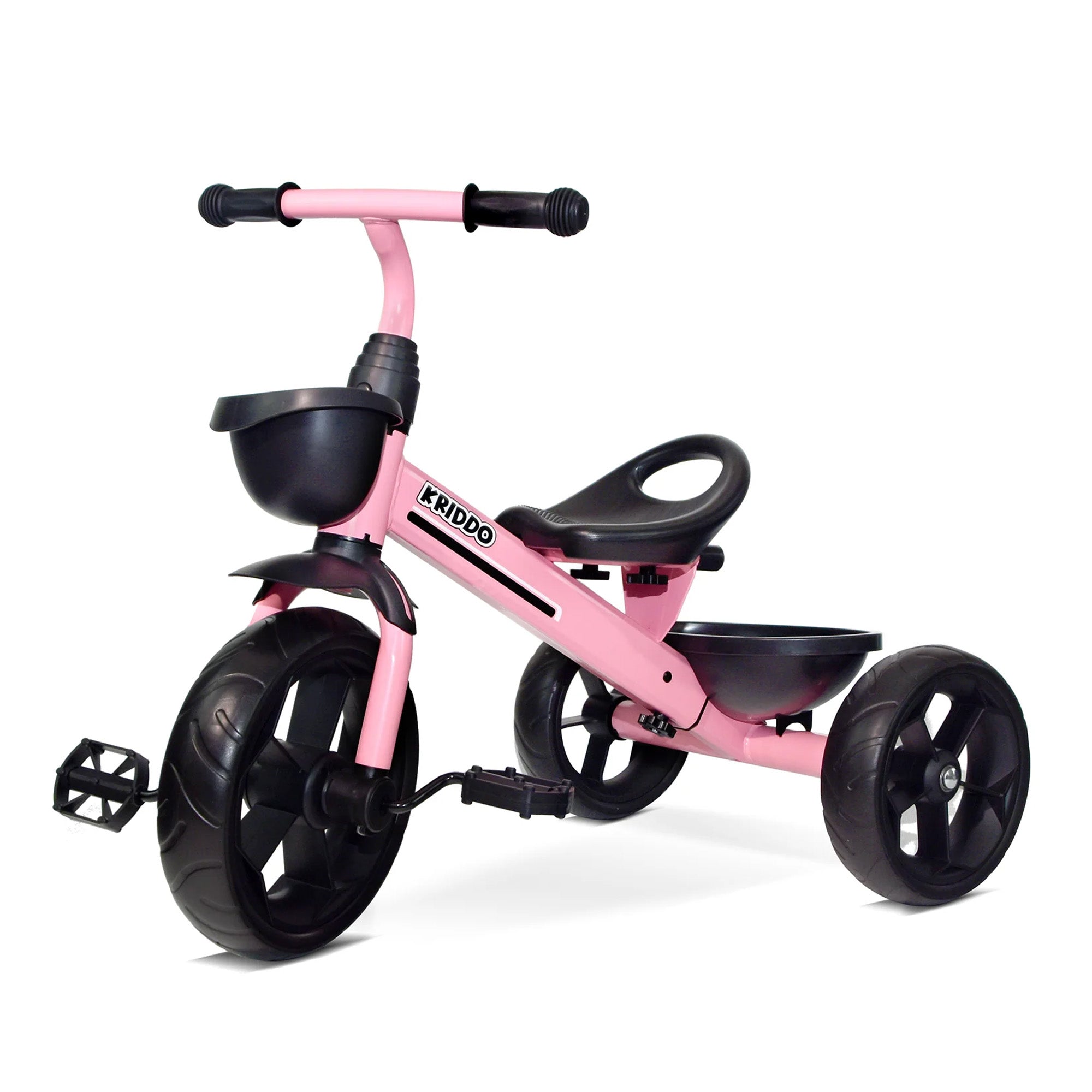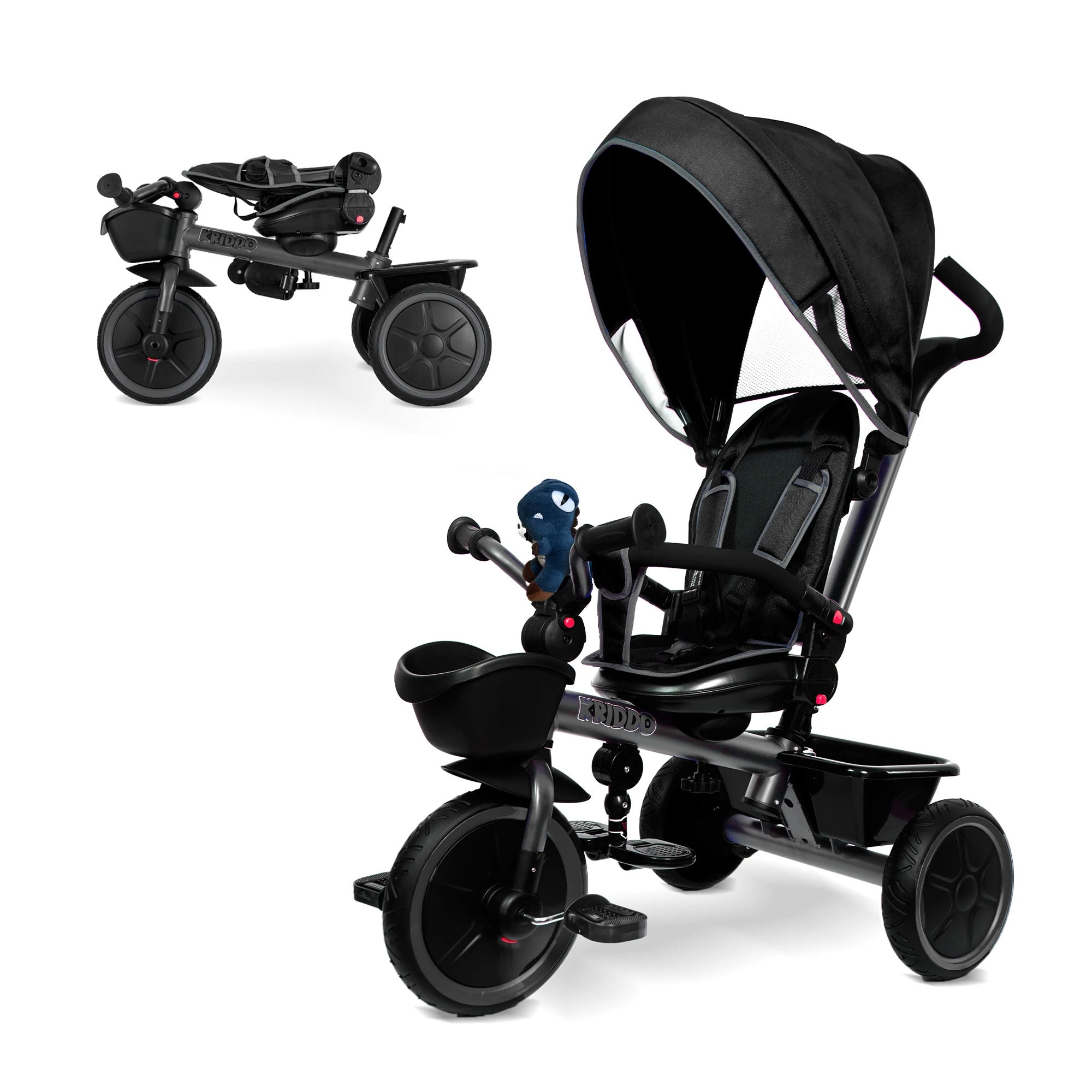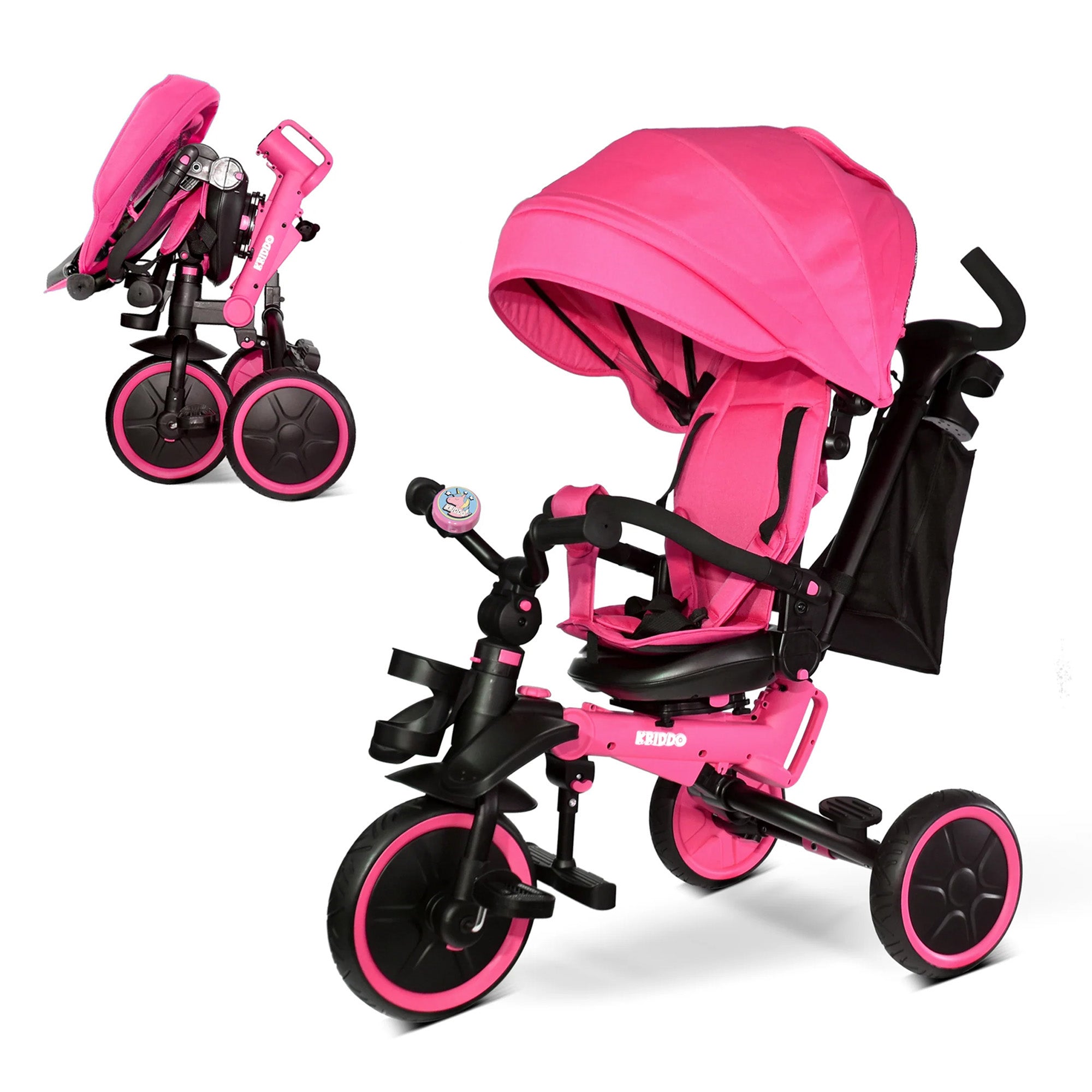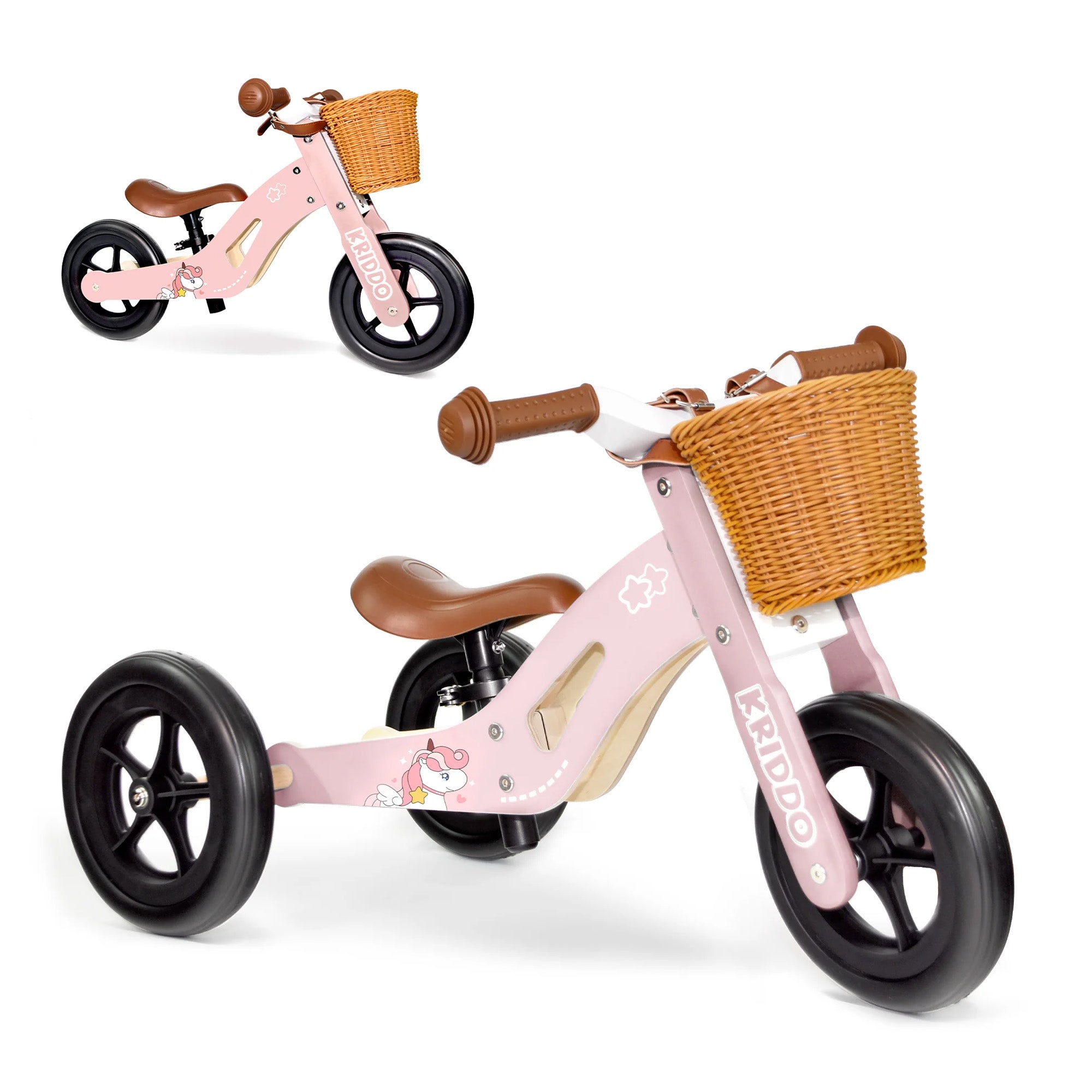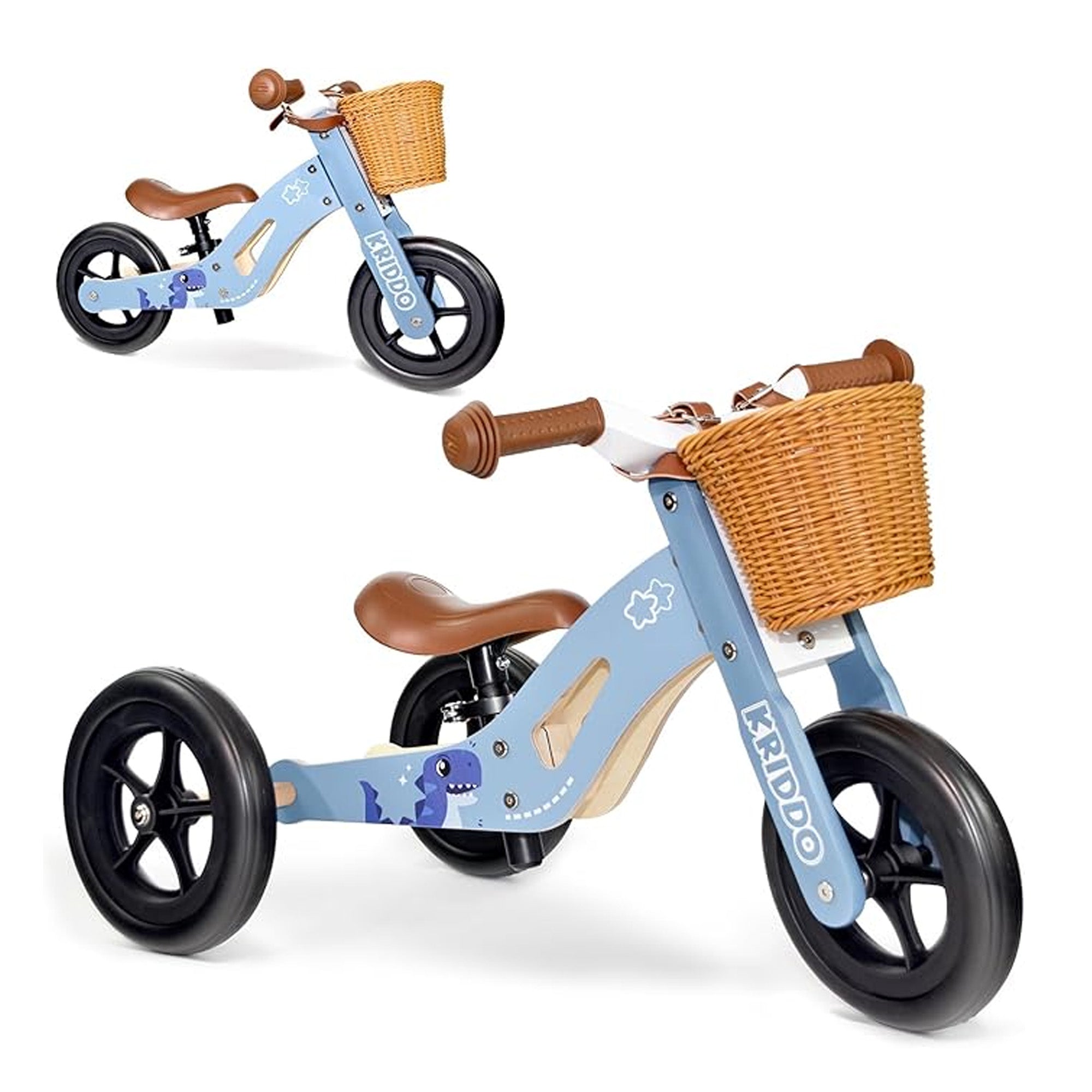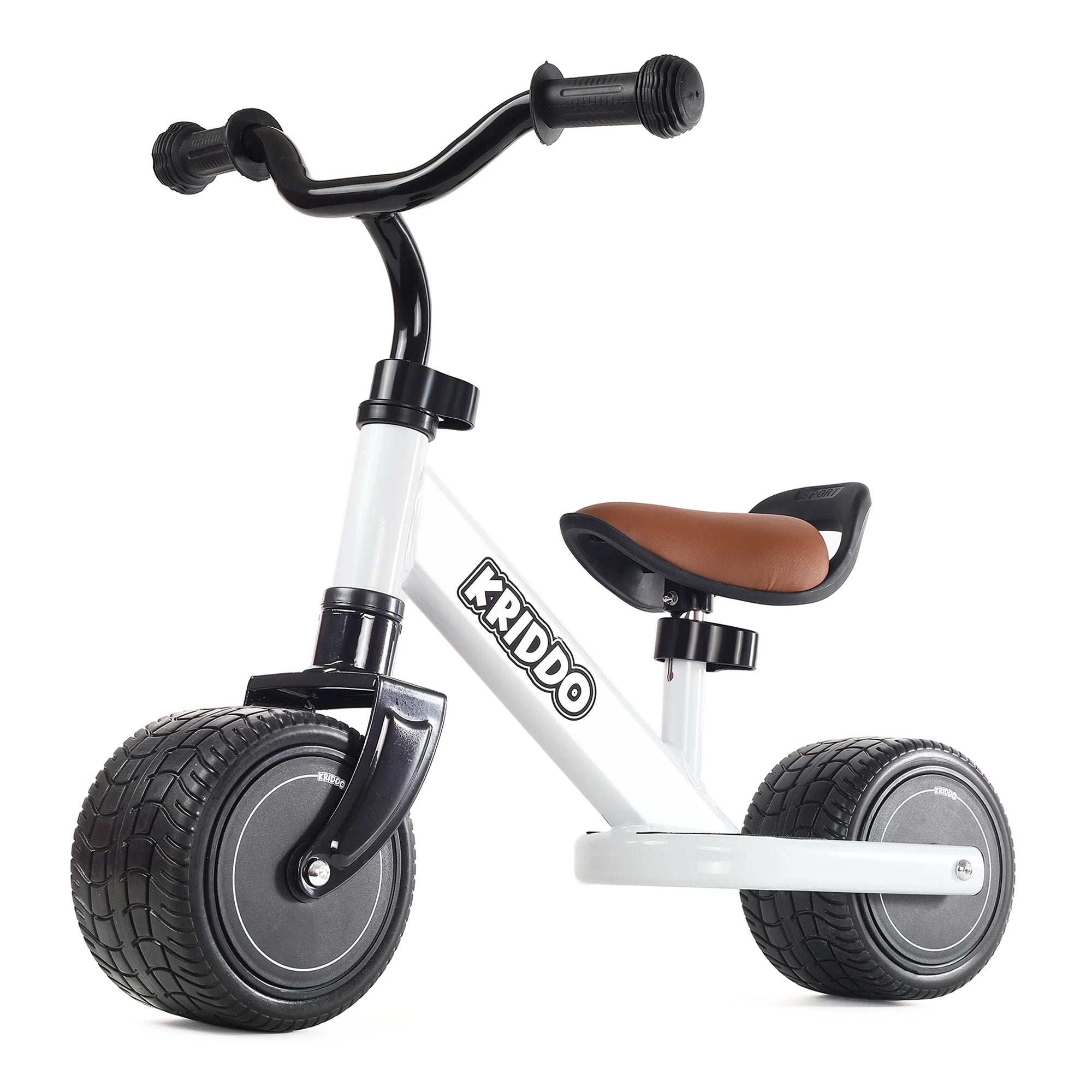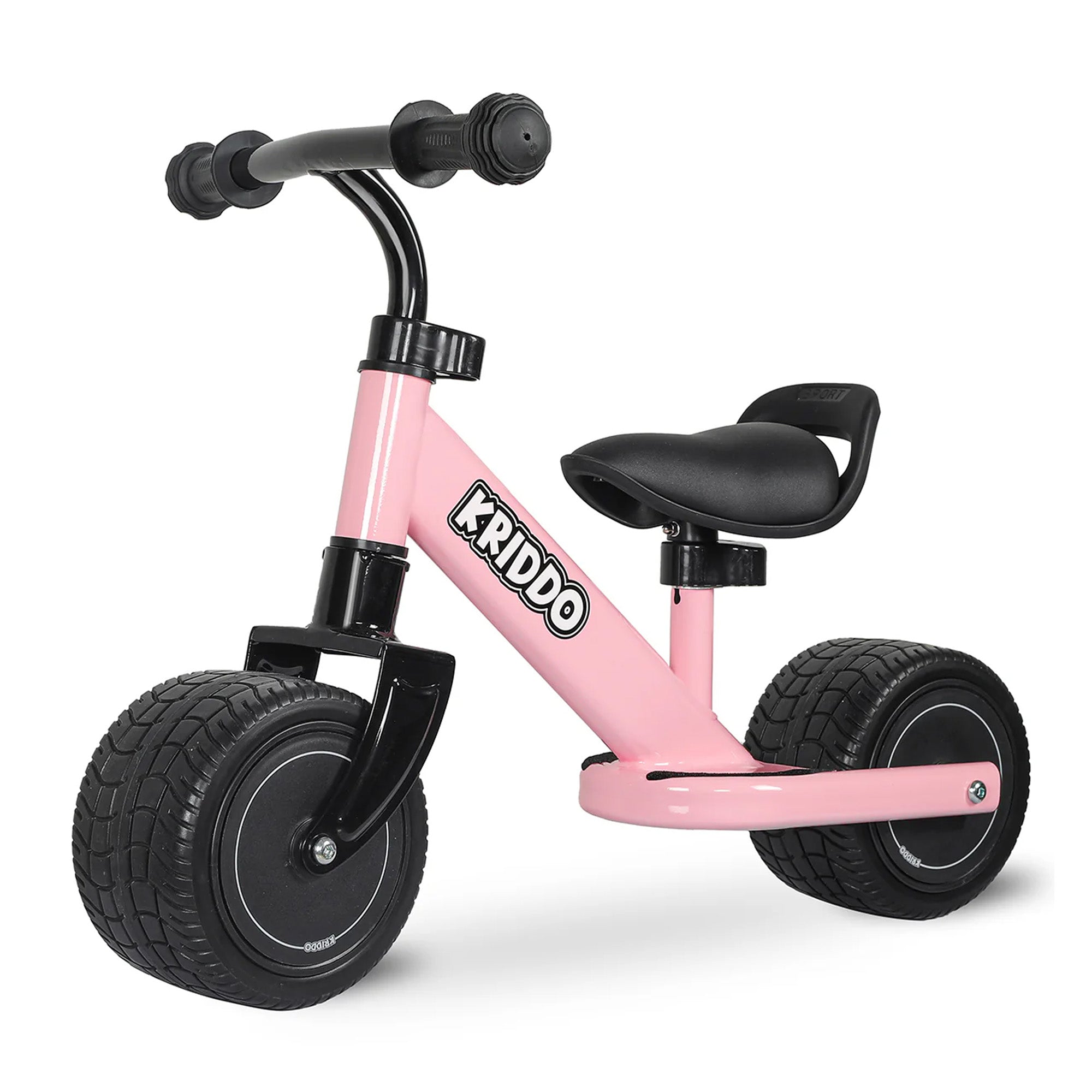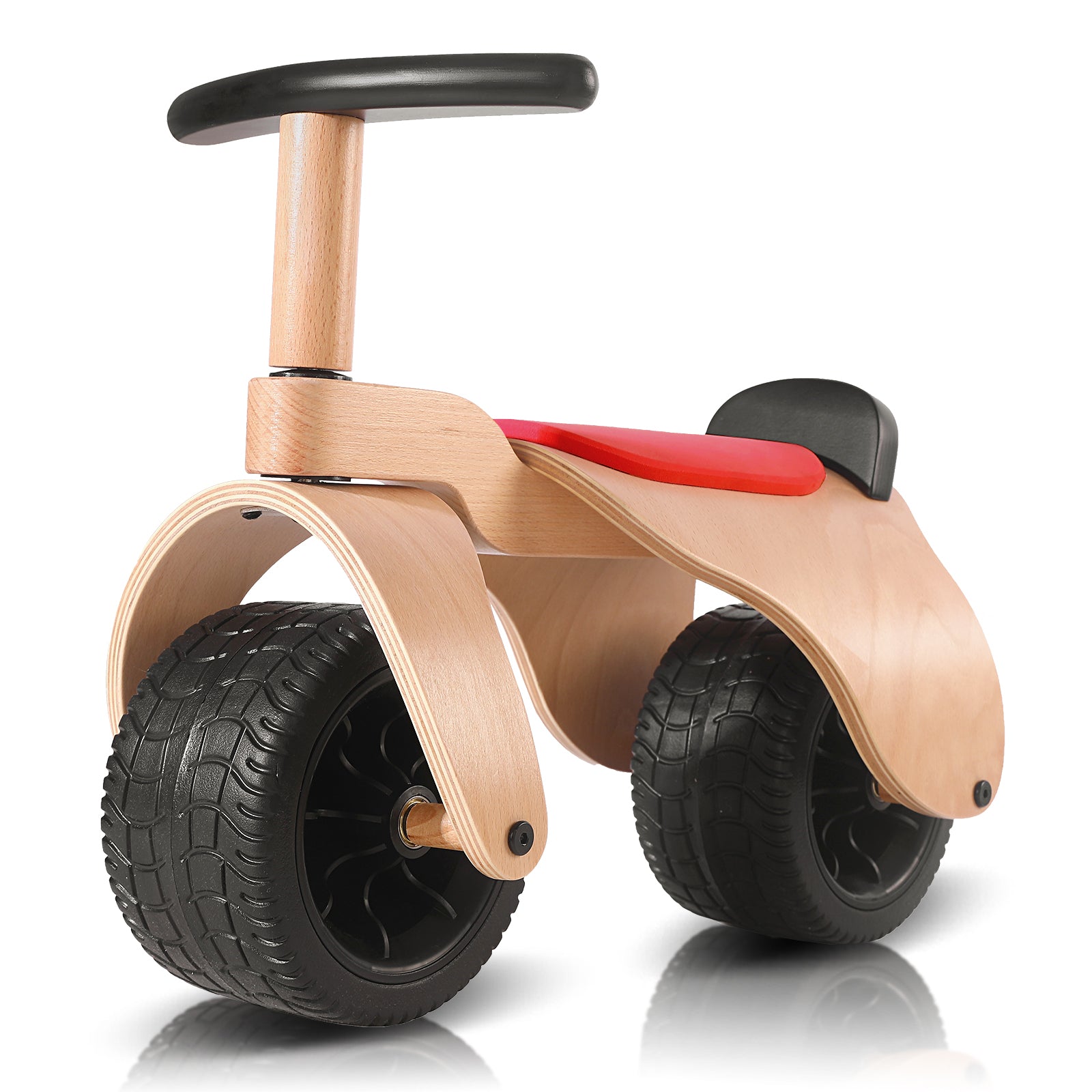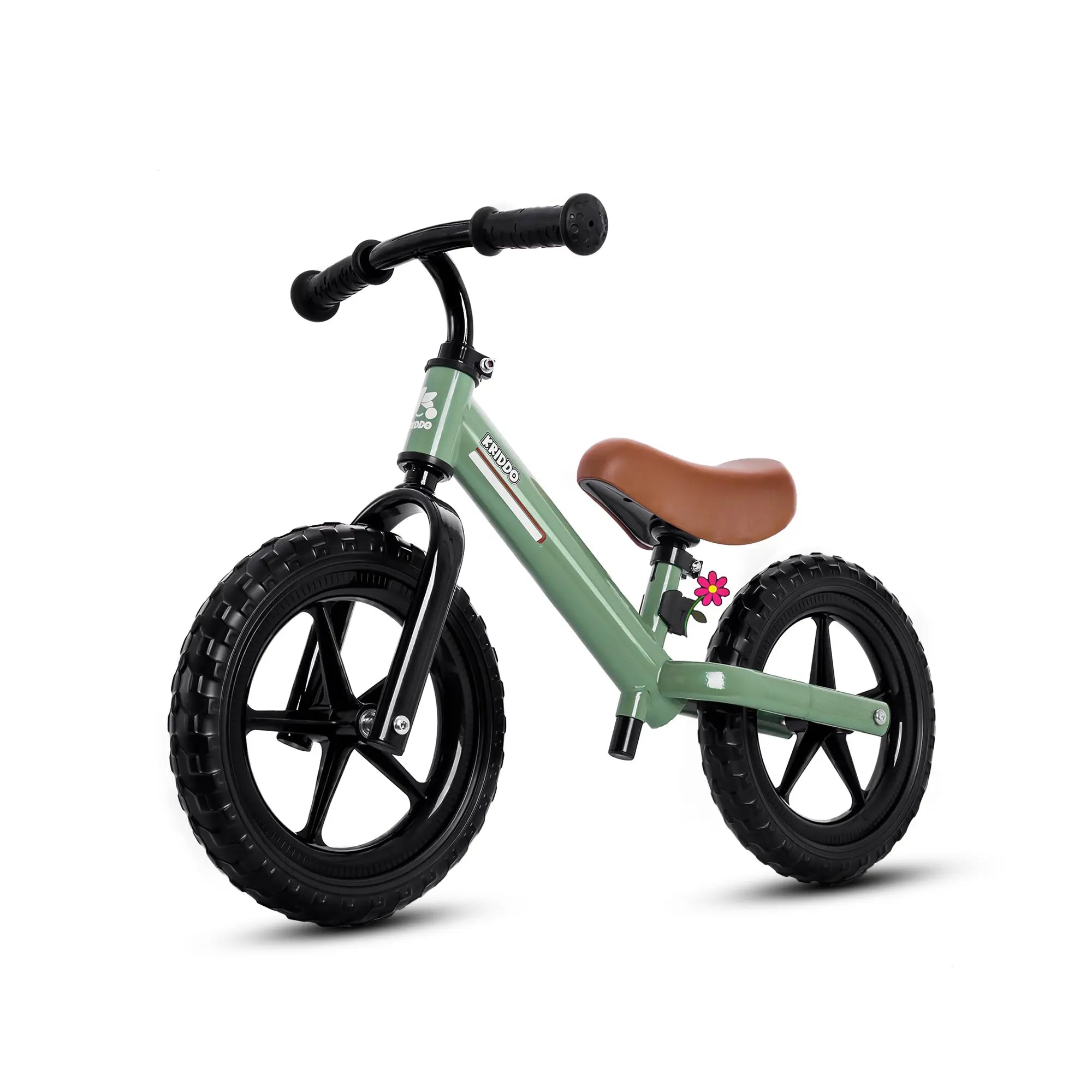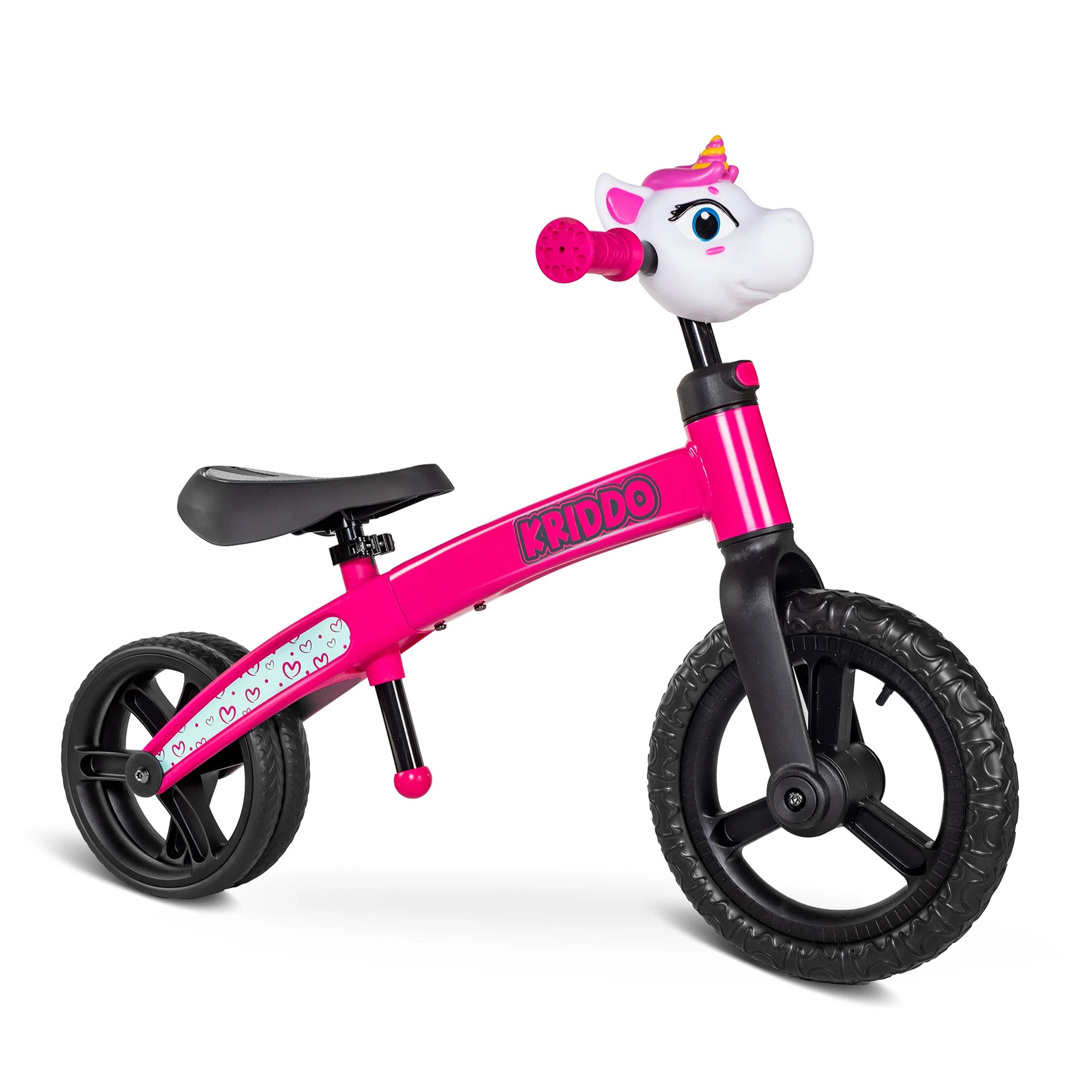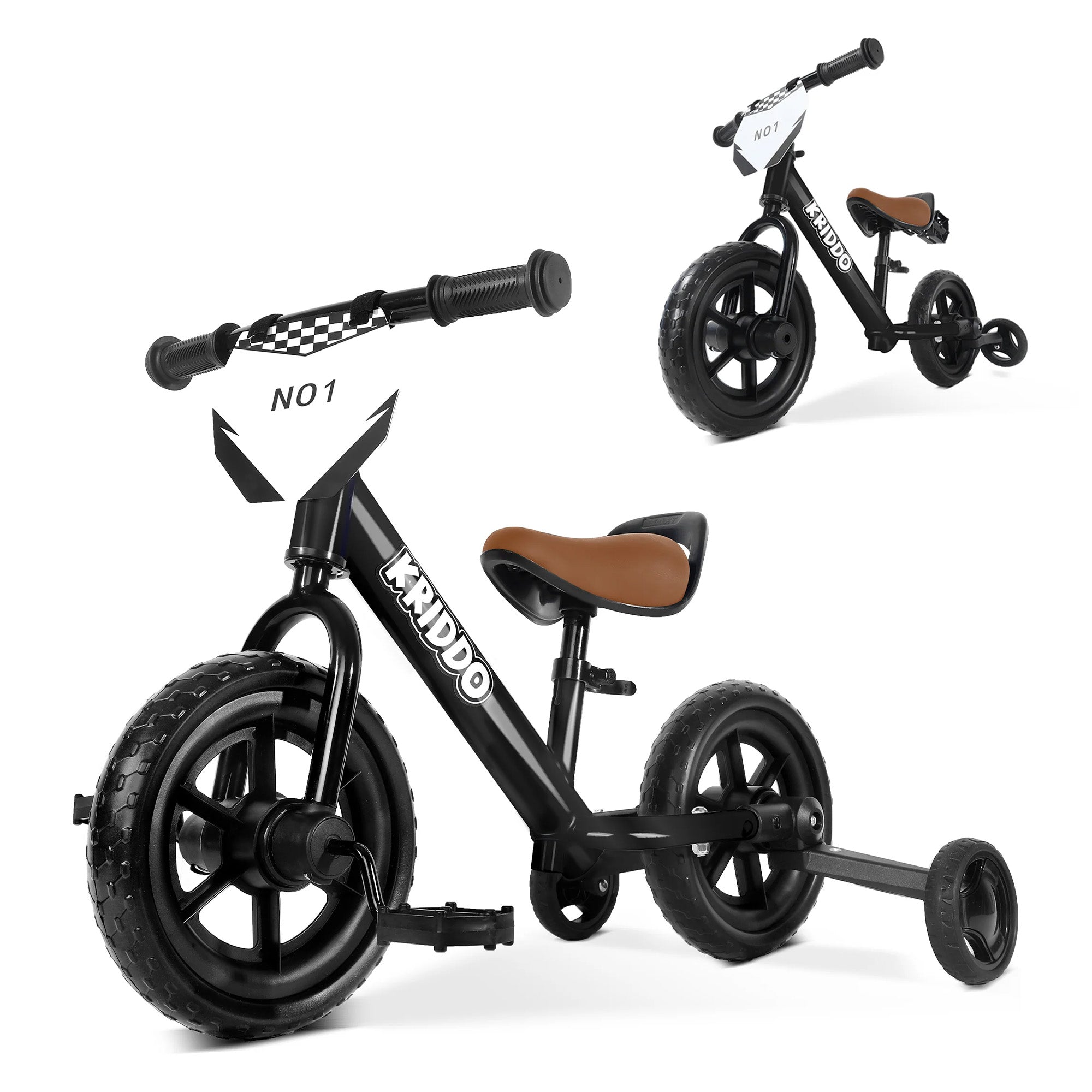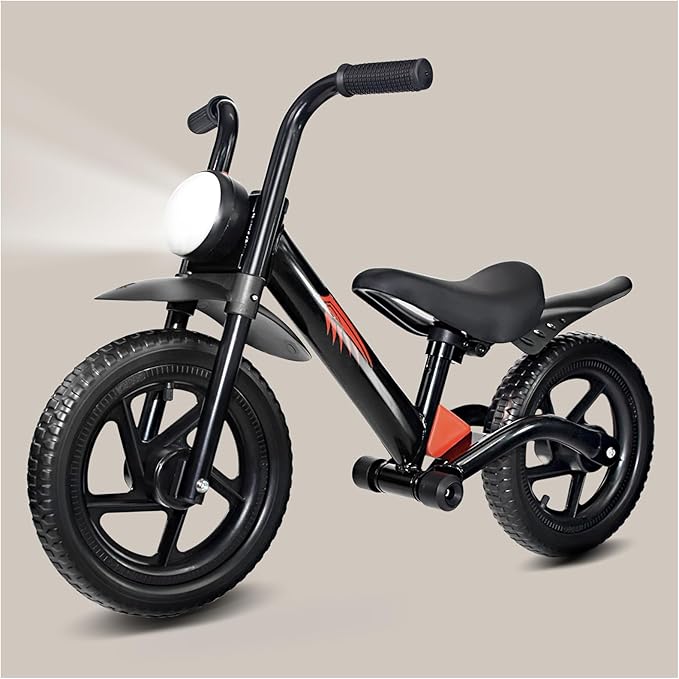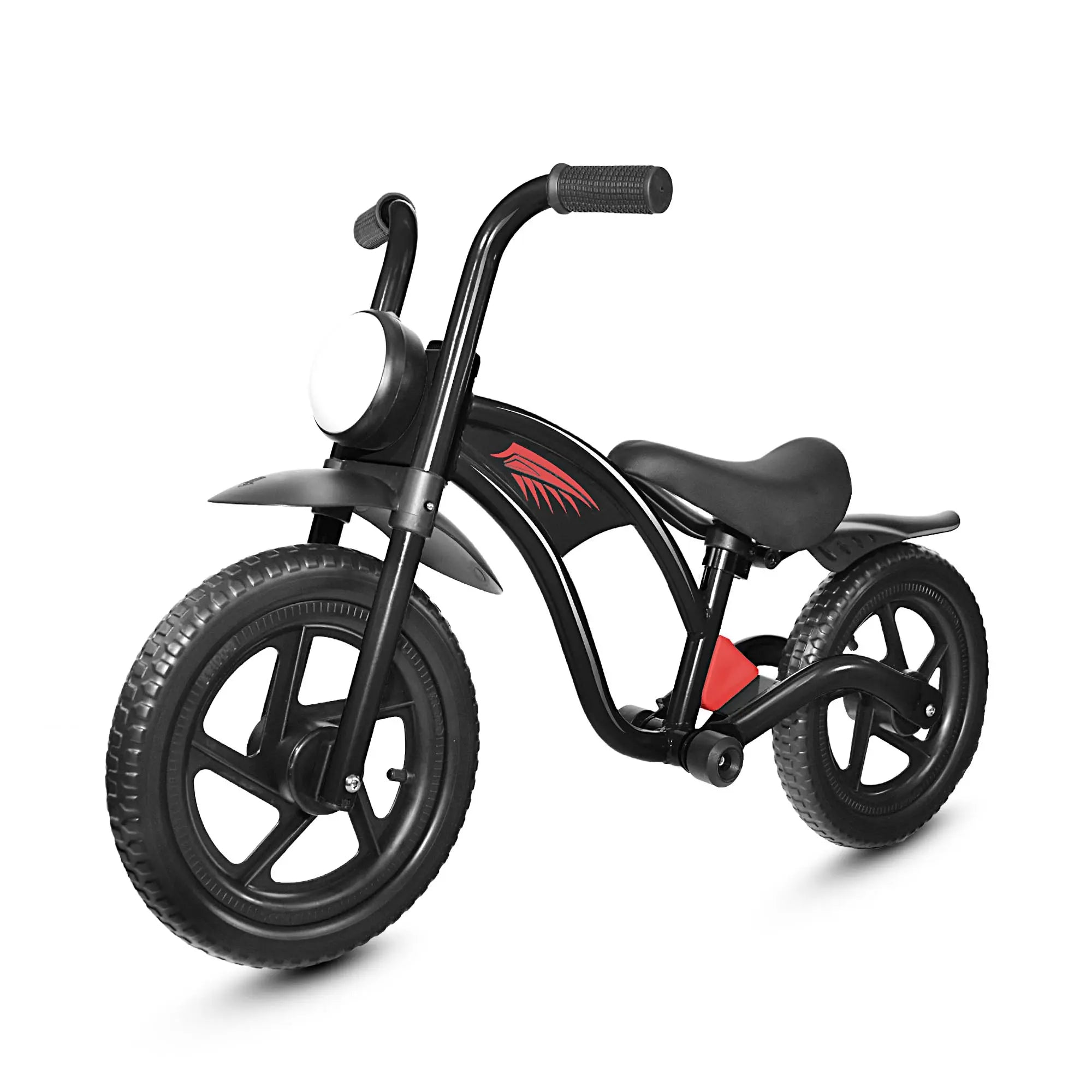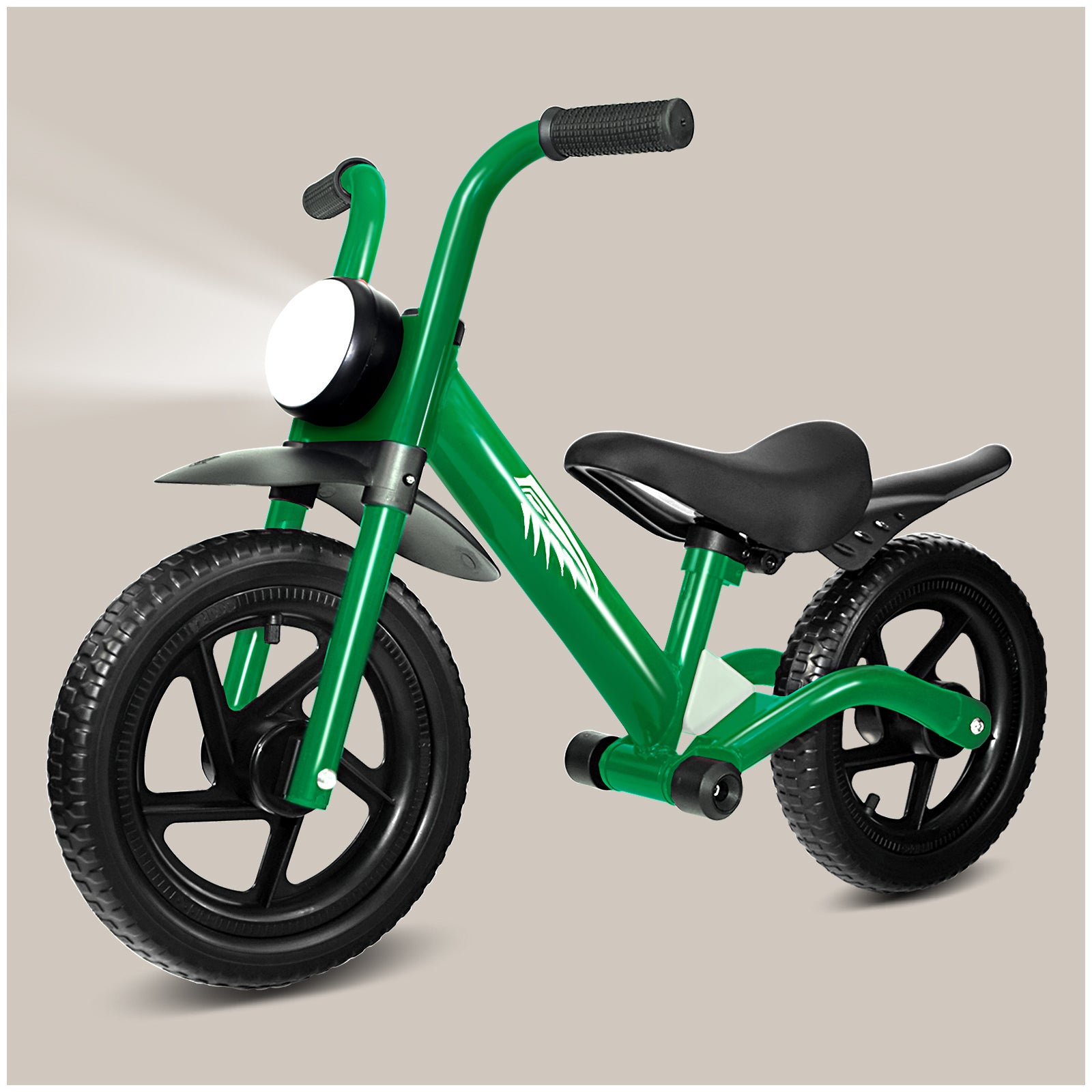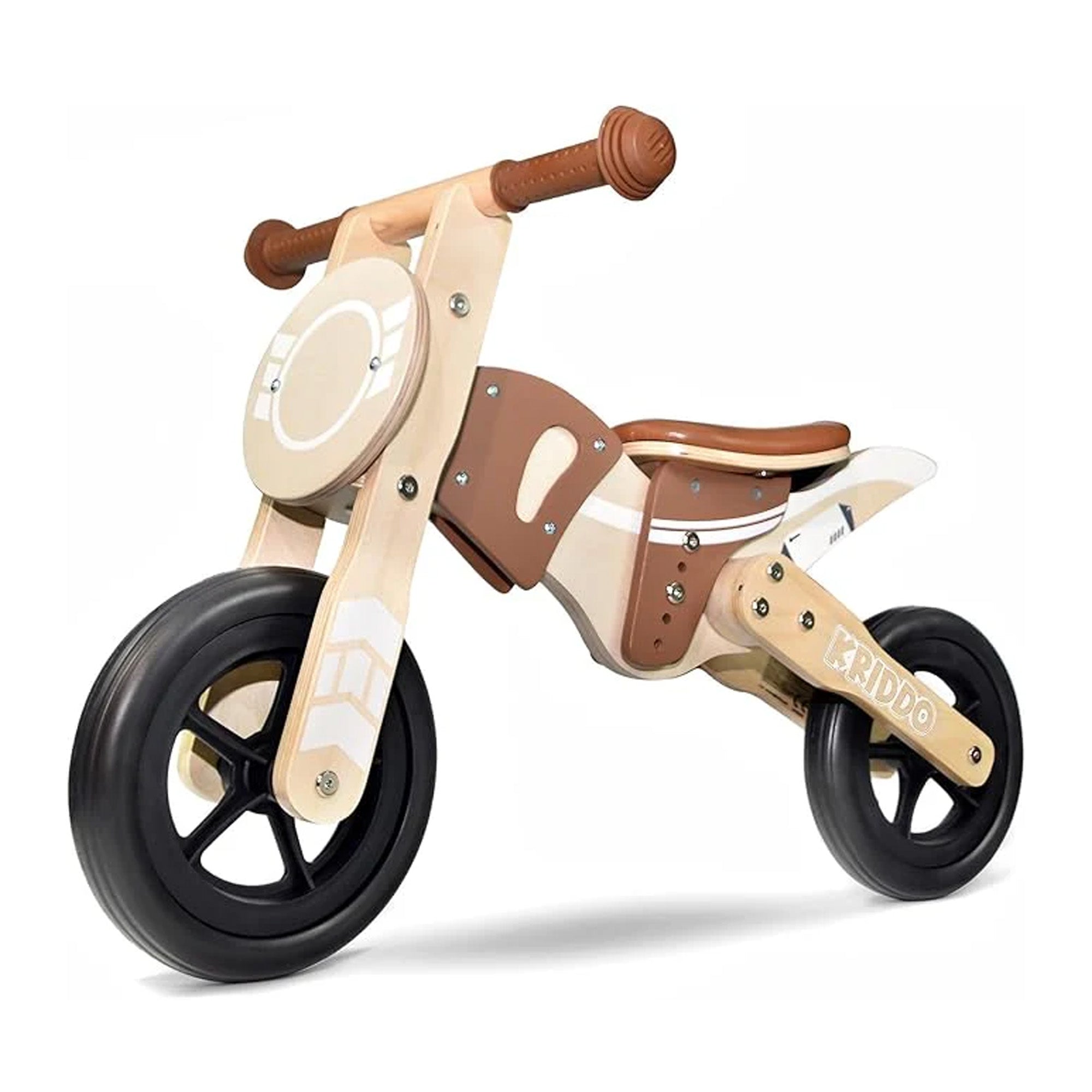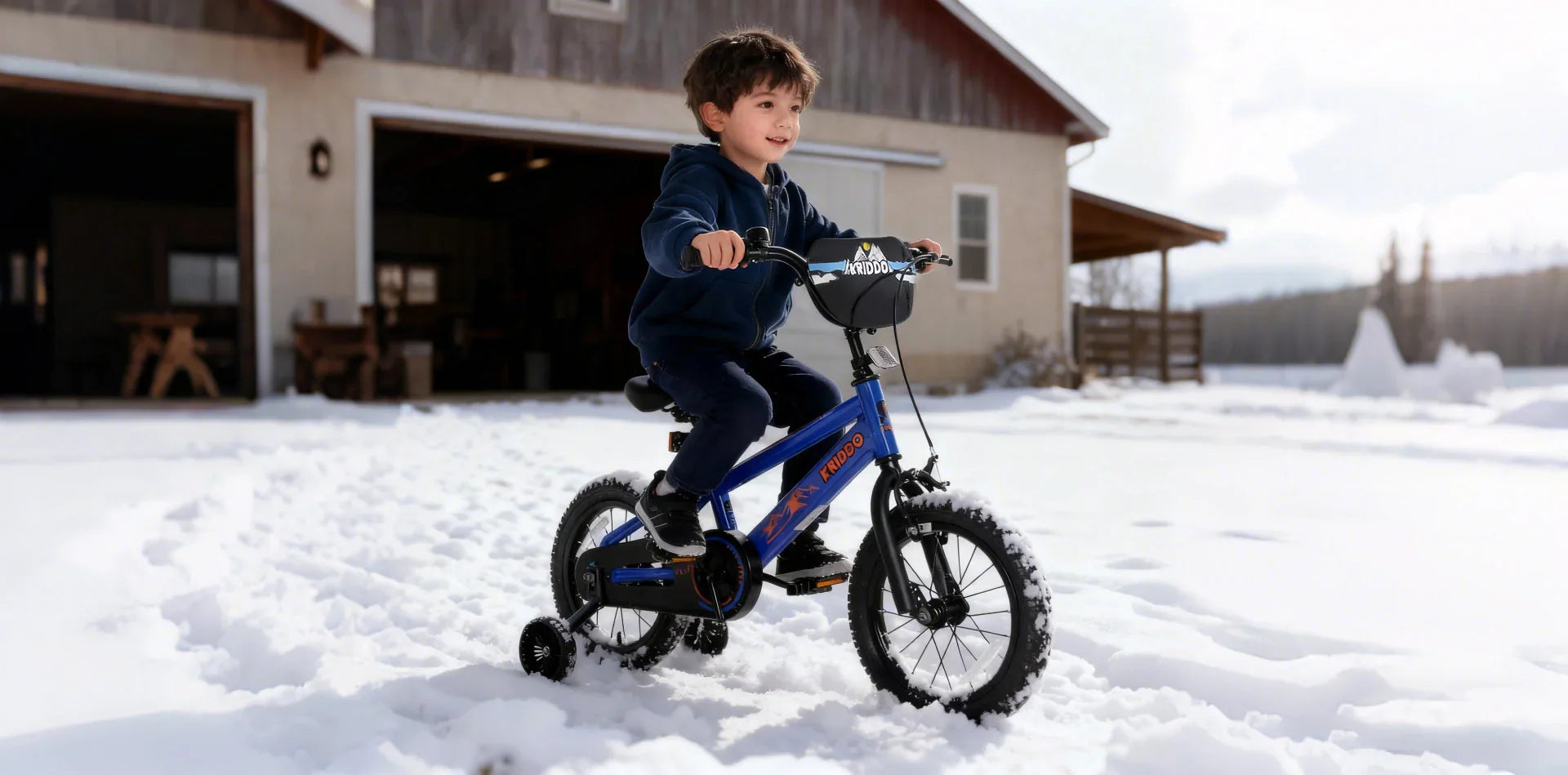Bedside Bassinet vs Regular Bassinet:
Which Is Better?
Kate | 23th, Sep
Becoming a new parent is a whirlwind—equal parts joy, excitement, and let’s be honest, a fair bit of anxiety. One of the very first questions many parents wrestle with is simple but important: where should my baby sleep? The debate often comes down to a bedside bassinet vs regular bassinet. Both have their advantages, both have their quirks, and both can shape those first few months of your newborn’s sleep experience.
If you’re already leaning toward a bedside sleeper or wondering whether a traditional bassinet is the safer, simpler option, you’re not alone. Parents everywhere wrestle with this choice. Let’s break down the differences, the perks, and the potential drawbacks, so you can make the right call for your baby—and your sanity.
First Things First: What’s the Difference?
A regular bassinet is essentially a standalone, compact crib designed for infants. It’s independent of your bed, usually lightweight, and often comes with wheels or folding features for mobility. They’re typically used until your baby is 4–5 months old or hits a weight limit of about 15–20 pounds.
A bedside bassinet (sometimes called a co-sleeper) is a little different. It’s designed to sit flush with your bed, often attaching securely to it. Certified as a children’s product and tested to meet ASTM F406-22 safety standards with official CPSC lab reports, the KRIDDO bedside sleeper combines trusted safety with thoughtful design, including a breathable mesh side that lowers for effortless nighttime care. These are generally safe for use until around six months old, or until your baby can roll or push up on their hands.
So, in short: one stands on its own, one hugs the side of your bed. Simple enough, right? But the devil’s in the details.
Why Parents Gravitate Toward Bedside Bassinets
Honestly, convenience is the name of the game. In those bleary-eyed weeks when sleep feels like a luxury, the less you have to get out of bed, the better. Here are some reasons bedside sleepers win hearts:
- Closeness without actual bed-sharing: Your baby’s right there, within arm’s reach, but still in their own safe space. This matters because the American Academy of Pediatrics recommends room-sharing (not bed-sharing) for at least the first six months.
- Nighttime feeds made easier: With the side panel down, you can breastfeed or bottle-feed without shuffling around in the dark.
- Postpartum recovery friendly: For moms healing from a C-section, not having to get up constantly is a real blessing.
- Emotional comfort: That feeling of having your baby right there, hearing every breath—it gives a sense of reassurance that can ease anxiety.
Where Regular Bassinets Hold Their Ground
Don’t write off the traditional bassinet just yet. Plenty of parents find them more practical:
- Independent sleep habits: Because the bassinet isn’t attached to your bed, it naturally encourages your baby to get used to a bit of separation.
- Portability is unbeatable: Many weigh under 15 pounds and fold up for travel. Perfect for apartment living or weekends at Grandma’s.
- Lower setup risk: Unlike bedside sleepers, there’s no chance of a gap forming between your mattress and the bassinet (which can pose a hazard).
- Budget-friendly: With prices starting around $50, regular bassinets are typically cheaper than bedside sleepers, which often run $150 and up.
Safety: The Non-Negotiable Factor
Let’s be clear: whichever you choose, safety should top the list. Bedside bassinets are fantastic when properly installed, but if there’s even a small gap between the sleeper and your bed, that’s a problem. In fact, the U.S. Consumer Product Safety Commission has flagged recalls tied to improper installation.
On the flip side, regular bassinets avoid the attachment risk since they’re stand-alone. But the trade-off is less proximity—meaning you’ll need to fully get out of bed to attend to your baby, even at 3 a.m.
So ask yourself: are you the type who values absolute convenience, or does minimizing risk give you more peace of mind?
Space, Portability, and Real-Life Logistics
If you’re in a studio apartment or a smaller bedroom, space can be the deciding factor. Regular bassinets shine here—they’re compact, lightweight, and easy to tuck into a corner.
Bedside sleepers, though theoretically space-saving, can actually be bulkier. They need to line up with your bed height and fit snugly against it, which can be tricky with platform or four-poster beds. They’re also harder to haul around the house or pack for travel.
Think about your lifestyle. Are you moving the baby around with you during the day? Do you take weekend trips? Or do you plan to keep the setup consistent in one room?
Cost and Longevity: The Practical Side
Let’s talk money. Regular bassinets are the clear winner for families on a tight budget. But the catch is they’re short-lived—once your baby hits that 4–5 month mark, you’ll need to transition to a crib.
Bedside bassinets come with a higher upfront price tag ($150–$300+), but some models have add-on features, like converting into a playpen or toddler-friendly setup. Still, most parents eventually buy a full-size crib regardless.
So here’s the reality: unless you’re banking on multifunctional gear, both options are temporary. The question is whether you’d rather pay less for a few months of use or more for convenience during those sleep-deprived months.
A Side-by-Side Comparison
Here’s a quick snapshot to put things in perspective:
| Factor | Bedside Bassinet | Regular Bassinet |
|---|---|---|
| Safety | Needs secure attachment | Stand-alone, lower setup risk |
| Proximity | Baby is literally at arm’s reach | Close by, but requires getting up |
| Portability | Generally bulkier; not great for travel | Lightweight, often foldable |
| Cost | $150–300+ | $50–200+ |
| Lifespan | Up to 6 months (or until baby rolls/pushes up) | 4–5 months (or until ~15–20 lbs) |
So, Which Should You Choose?
If your priority is convenience and closeness, a bedside sleeper is hard to beat. It makes those endless nights a little easier and helps with bonding in the early months.
If you value portability, budget-friendliness, and simplicity, a regular bassinet might be the smarter move. You’ll save money, save space, and avoid the potential setup issues.
At the end of the day, there’s no wrong choice. Both are safe and useful when used properly. The best choice is the one that fits your lifestyle, your space, and your peace of mind.
Final Thoughts
Parenthood is full of choices that feel monumental—sometimes overwhelming. But whether you go for a bedside bassinet vs regular bassinet, remember this: your baby will be loved, safe, and cared for either way. The real win isn’t in the furniture you buy—it’s in the love and presence you give.
So, take a breath, trust yourself, and know that whichever path you pick, you’re already doing one thing right: putting thought and care into your baby’s first home.
Featured Products








